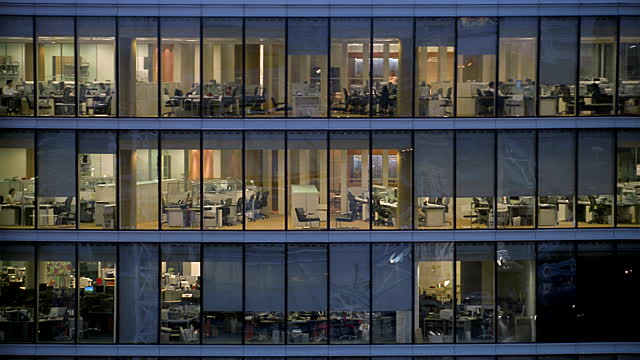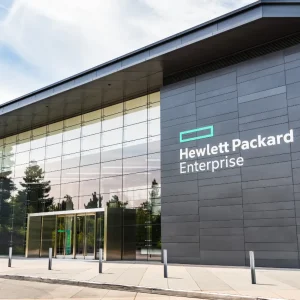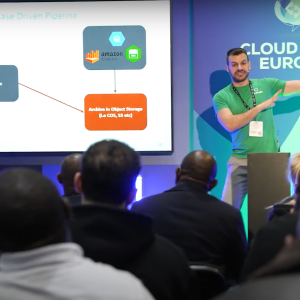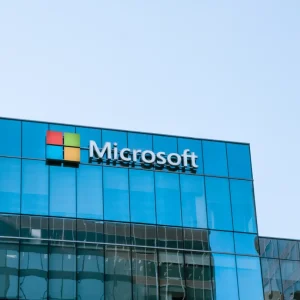
Technology is enabling workplaces to become intelligent, with connected workers having more to gain by being in a purpose-designed workplace.
According to a survey by PwC, 77% of office workers believe smart technology will make them more efficient and productive, with 46% believing their company should invest in smart technology.
Last year, a study by Samsung, in partnership with The Future Laboratory, MIT, Google and IBM, set the vision for the office of 2025, designed to maximise creativity, productivity and staff wellbeing.
More face-to-face interaction via video calls, holograms and even VR, as well as intelligent solutions that complete administration tasks for workers are just some of the future trends predicted for the workplace of the future.
However, with so much tech enabling the workplace of the future, a single orchestration platform is needed in order to cope with the management of the wide range of devices and services in one place.
So says CEO Mark Furness of cloud-based IT automation and orchestration company Essensys. "A single orchestration platform is effectively the brain and is an absolutely fundamental requirement for a smart workplace," he told CBR.
"The more connected things you want to coordinate, the more likely it is for the whole network to become a cluttered mess if not orchestrated properly. "
Before businesses look at orchestration platforms, it is important to have in place a robust Wi-Fi and IT infrastructure, both secure and fast. "Otherwise, you will stumble at the first hurdle," Furness said.
With that in mind, a device-agnostic orchestration platform will then be able to help manage all the connections, sensors, technologies and intelligent office demands.
Most of the technology aimed at making offices smart is already an IoT reality. This includes, for example, lighting sensors, smart heating and cooling systems and intelligent conference systems.
Yet, it is the lack of orchestration and communication between such products that is the hardest barrier to overcome, according to Furness and also Joe Murray, channel director at Essensys.
Murray told CBR: "Any office can actually easily become a smart office as long as there is dependable connectivity throughout. Sensors can easily be added to this connectivity.
"The main problems that businesses come up against is the fact that there are so many different platforms and technologies from different vendors.
"Most of these are not designed to work together and so it is very common to come against compatibility and integration issues."
Murray said that the possibilities of orchestration in the smart office are "fascinating", whether considered in terms of security, sustainability, workflow efficiency or customer experience.
"It is easy to see the benefits of co-ordinating different elements as well as streamlining and automating daily tasks.
"For instance, certain IT services, say video conference and collaboration tools, and compute devices such as PCs and tablets can only be made available when a particular person enters a room."
Elsewhere, another fundamental technology is self-service and automation, according to CEO Furness (pictured above).
"The beauty of an intelligent office is in its ease of use. Empowering users to get the applications and technology they need, or automate routine tasks has to be a core component of your setup.
"This makes a smart workplace accessible and easy for everyone to use, control and manage."
Yet, Furness said that with workplace smart technology still in its infancy, the issues that need to be addressed are still around education and engagement as much as it is around the technology itself.
"There is a balance we have to observe to get everything right and working in a way that enables the technology to make genuine improvements."







